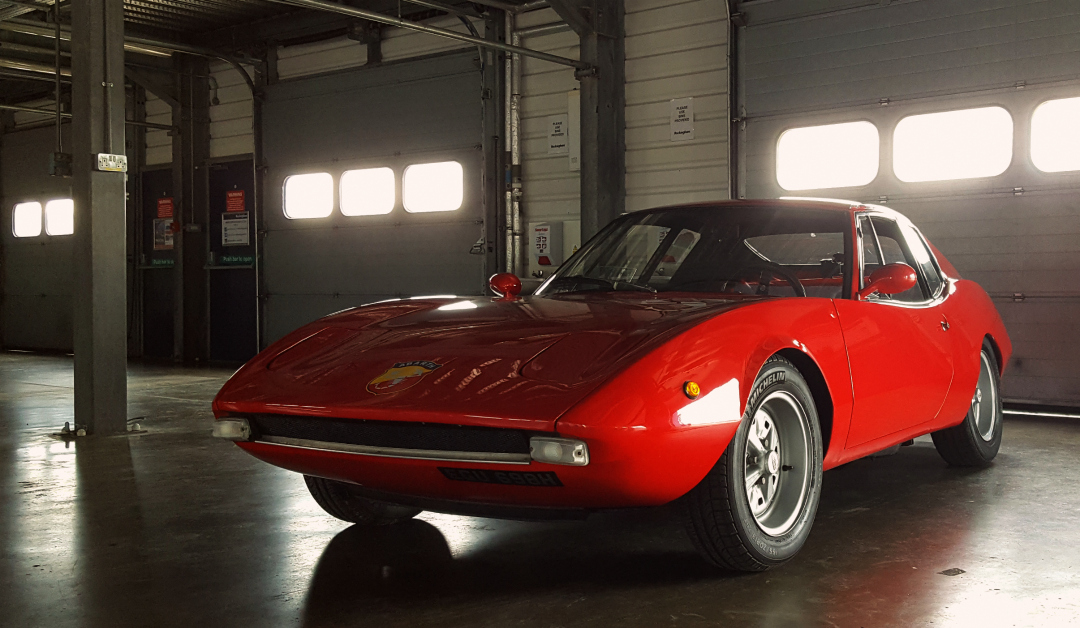"People often look towards the stars and dream. There’s something about looking up to those twinkling little lights that fills us with wonder and ambition, and this in turn drives us to pursue our goals. In Carlo Abarth’s "

Abarth 595 – Carlo’s featherweight knock-out
595 - one of our favourite numbers
We love an underdog here in the UK.
For reasons I’m not sure any of us understand, we always get behind the team or player who’s not supposed to go far, the one who isn’t meant to get all the glory. In 1958, Carlo Abarth decided that he would take the new Fiat 500 and turn it into something a little more sporty. Little did he know that it could become his marque’s greatest ever success.
The Fiat 500 was designed with performance far from mind. It was a low-cost, simple machine that was meant to be an economical little car that normal people could afford to buy and get around in. As a foundation for making a sporty car, it was far from ideal. That didn’t put off Abarth though.
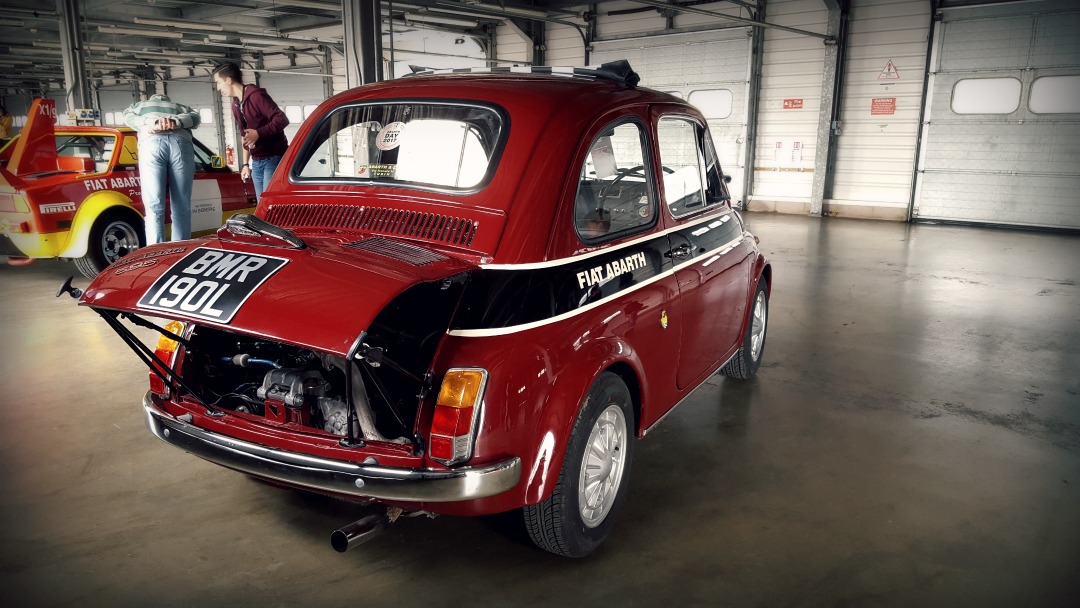
After tuning the little 500 power had doubled to 26bhp, and it was time to put the featherweight to the test. Monza – the grand old cathedral of speed – was to be the venue for the test, where a number of newly tuned Abarth 500s were sent. What followed was quite incredible. The Fiat 500 Abarth’s ran for an entire week, covering over 11,000-miles (further than London to Sydney) at an average speed of just over 67mph. During this test, Abarth broke six international records.
It was a remarkable 7 days at Monza and it impressed Fiat so much that they agreed to financially reward Abarth for gaining victories and breaking records with modified Fiat machines. As the little Fiat 500 was a cheap car to buy in the first place, privateer clients snapped them and sent them Carlo’s way to be modified into the racy little beasts they could become. The end product of the large client base and Abarth’s talented for developing race-winning machines was a phenomenal run of results throughout the 1960s, and it’s this period that is really considered the golden age of Abarth.
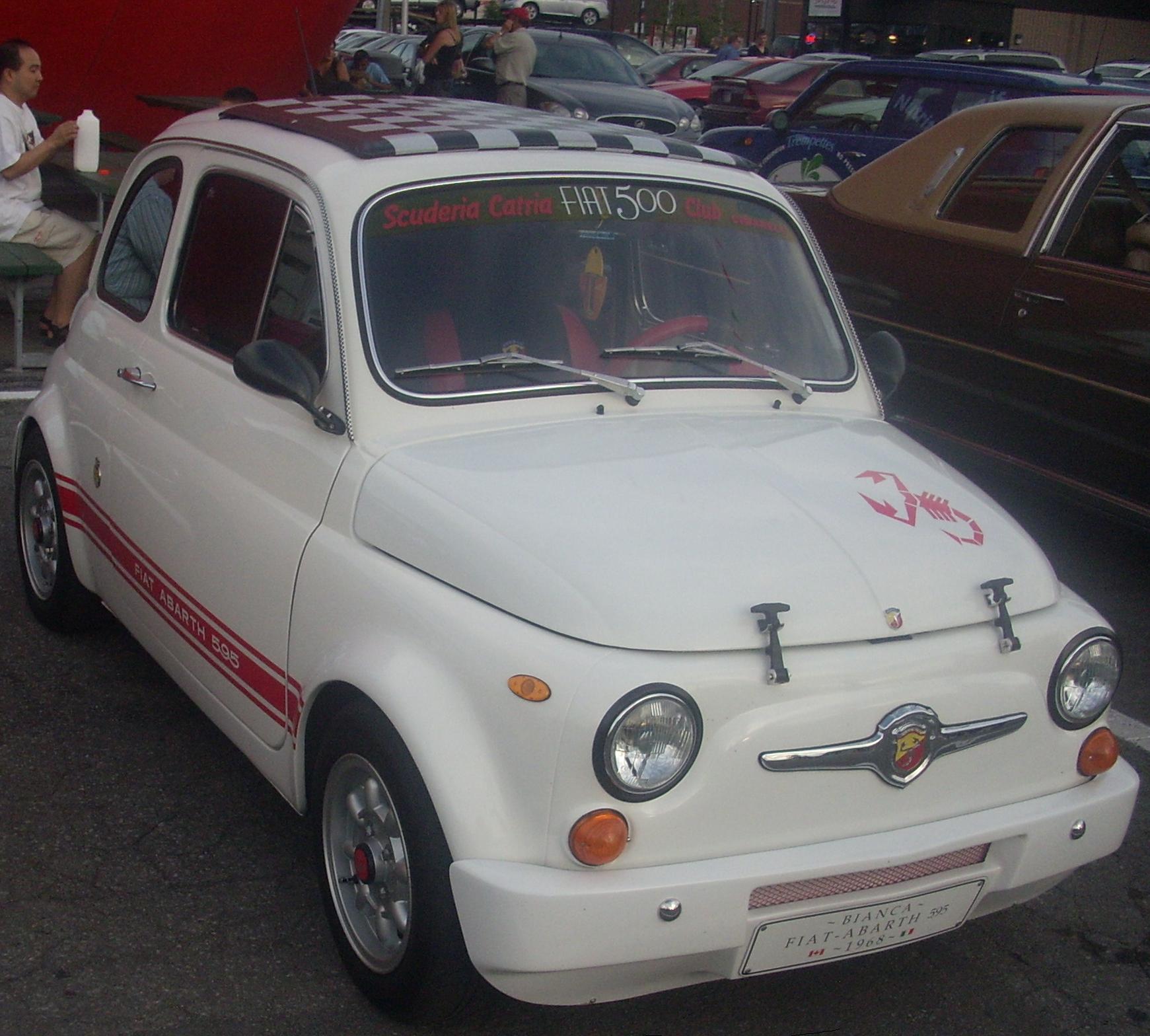
Up to this point we’ve talked about the success of the Abarth 500, and fans of the modern day Abarth 595 might wonder where the ‘595’ name comes into it. 1963 saw the introduction of the Abarth 595, and it all came about as Abarth sought to improve the 500 yet further. 595cc was the capacity of the engine, and the modern day car we know still carries that name, even if the engines are no longer the tiny size they were back in the 60s.
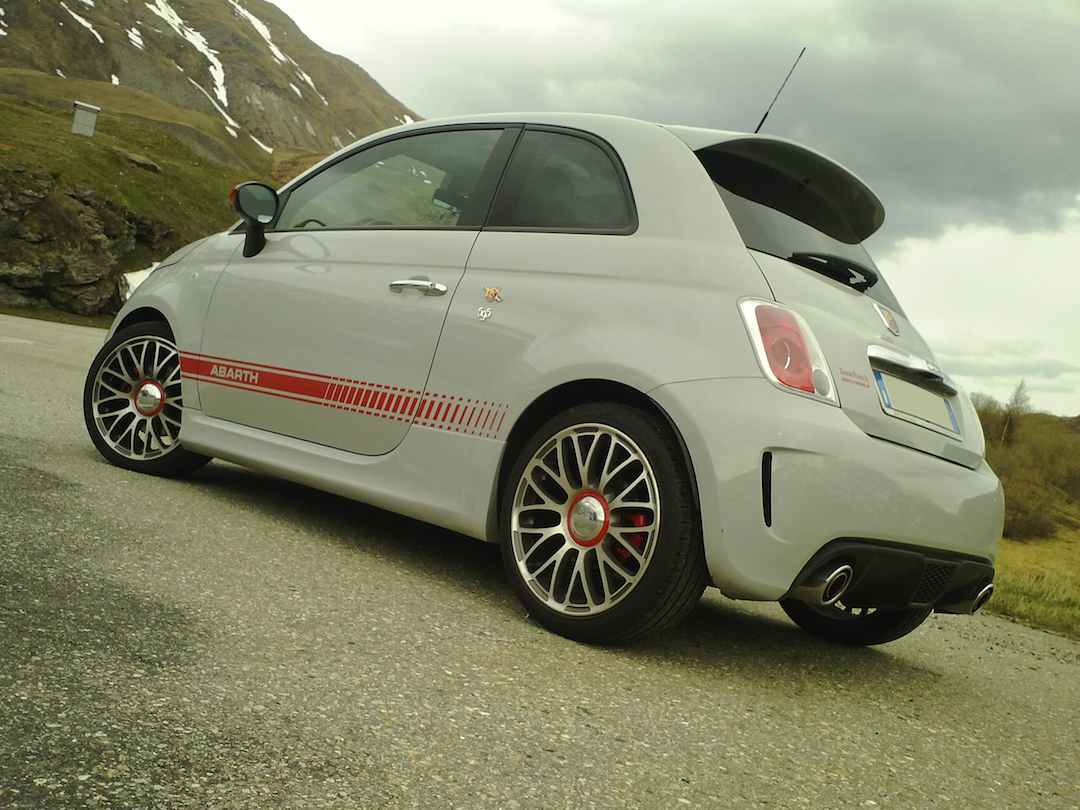
If Carlo and the guys thought a car could be improved, it almost certainly could be. The 595 may have only had 27bhp, but it was capable of reaching over 70mph, an impressive speed for such a diminutive machine. With the Abarth engineers constantly looking for improvements in all areas of their operation, so it was only another year before the 595 was enhanced yet further. The 595 ‘SS’ was a 475kg version of the 595, with further upgrades then giving it the capability to go beyond 80mph.
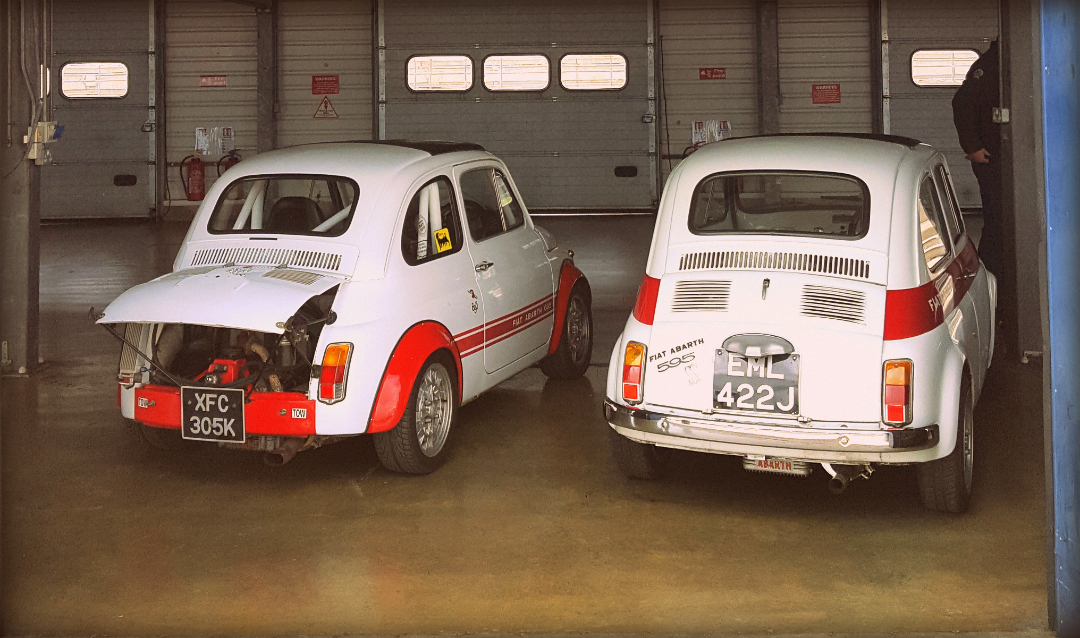
By 1965 the Abarth 595 had recorded almost 900 victories, and in doing so had become the very symbol of the Abarth brand. Fast forward to 2007, and the Abarth brand was reborn with the all-new 595. A car that carries the name of one of the most successful racing machines in history. While some may underestimate the Abarth 595, the fact is it has a name as – if not more – evocative than just about any modern hot-hatch on the market. In our next look at Abarth, we’ll be examining the most potent form of the modern day 595 – the Competizione.
Is it worthy of carrying the great name forward?
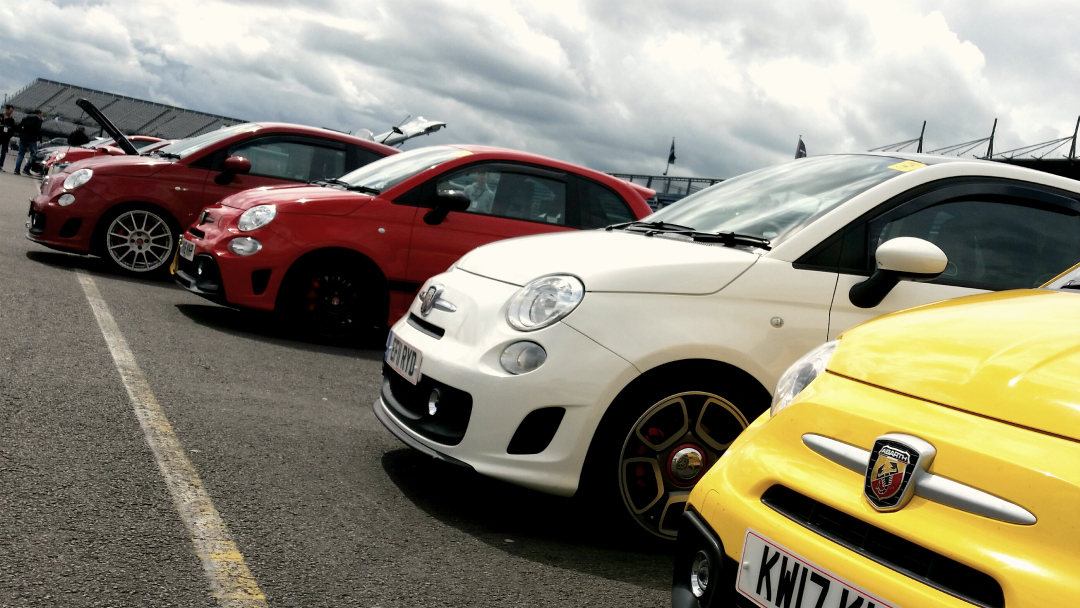
CLICK TO ENLARGE
